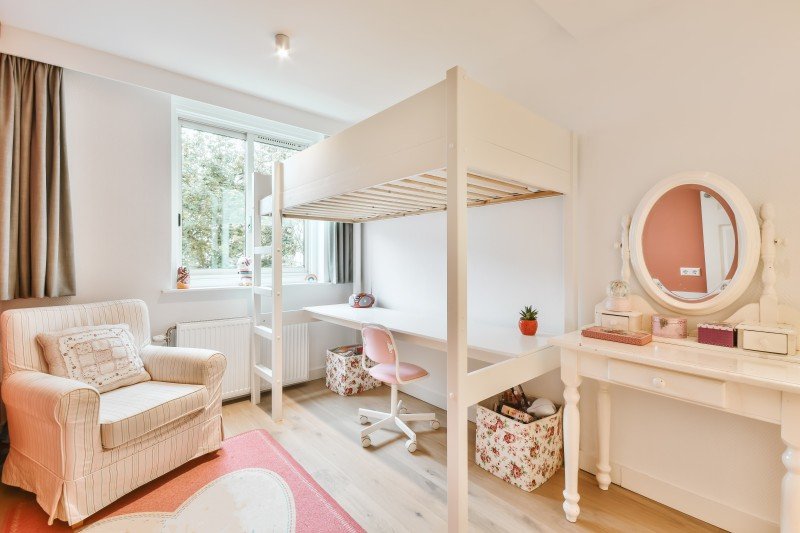Bunk beds have long been a popular choice among moms and dads seeking to optimize space in their children's bed rooms. With benefits that surpass their compact style, bunk beds provide a fun and functional sleeping plan while encouraging sibling bonding and cultivating creativity. In this thorough guide, we explore various elements of bunk beds for kids, including security considerations, different designs available, and recommendations for choosing the best one for your family.
Bunk beds are developed to stack one bed on top of another, making use of vertical space to produce more space for play and storage. They are especially helpful for households with numerous children or limited bed room space. Additionally, they supply a daring sleeping environment that children often take pleasure in.
When selecting a bunk bed for kids, safety needs to be the leading concern. The following features are crucial for guaranteeing a secure sleeping environment:
Bunk beds can be found in a variety of designs, enabling parents to pick one that matches their child's room decor while conference particular needs. Below are some popular styles:
| Bunk Bed Style | Description | Best For |
|---|---|---|
| Traditional | Traditional design with 2 stacked beds | Standard bedroom setups |
| Loft Bed | Raised bed with functional space beneath | Homework or play areas |
| L-Shaped | Bunk beds arranged in an L-shape | Corner spaces |
| Twin over Full | Twin bed on top, complete bed below | Various age siblings |
| Triple Bunk | 3 stacked beds | Big families or sleepovers |
When browsing for the best bunk bed, consider the list below aspects to ensure you make an informed choice:
Generally, children aged 6 and older need to be able to securely oversleep the top bunk, though you ought to always consider your child's maturity level.
It is not recommended for toddlers or very kids to sleep in the leading bunk due to the risk of falling.
Inspect the bed routinely for any indications of wear and tear, tightening up screws, and cleaning the bed mattress to make sure prolonged safety and durability.
Many bunk beds are developed to be convertible, enabling you to separate the beds when needed. Check the producer's requirements before purchasing.

Use under-bed drawers, shelves, or lofted designs to produce extra storage services in a room with a bunk bed.
Bunk beds provide a delightful blend of fun, functionality, and space-saving energy, making them a best choice for young families. By thinking about safety features, various styles, and practical aspects such as space size and age suitability, parents can pick the perfect bunk bed for their child's requirements. With the best option, bunk beds can transform a bedroom into a magical space that motivates play, creativity, and bonding among siblings. Always remember to prioritize security and upkeep to maximize this special sleeping plan.
No Data Found!

